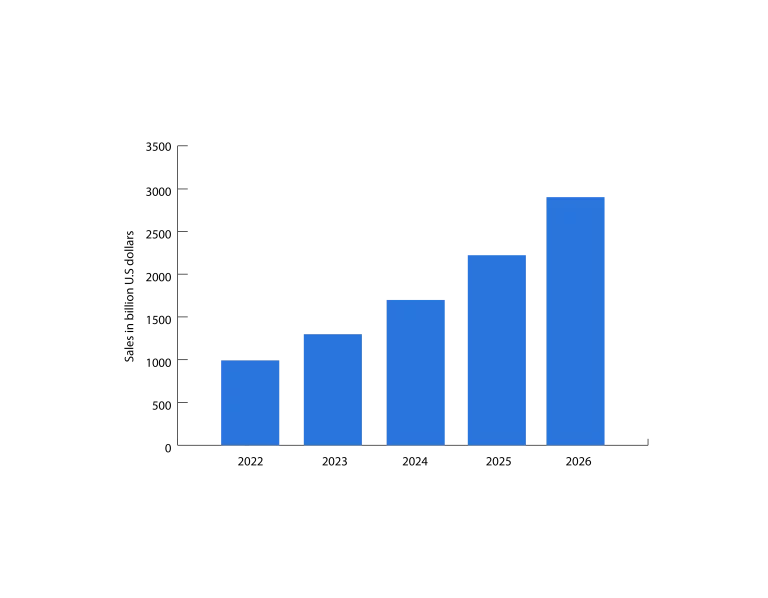
Is SEO Dead in 2023? Let’s Get Real about Tech and Trends
In the ever-evolving landscape of 2023, the debate rages on: Is SEO still relevant? Google’s Brainiacs, BERT and RankBrain, redefine the game with a focus on context over keywords. Core Web Vitals dictate website aesthetics, and quality content triumphs over quantity. Zero-click searches challenge SEO norms, while mobile-first indexing and voice search revolutionize user experience. Machine learning and personalization unveil the tech behind the scenes, ensuring SEO’s vitality. The verdict? SEO isn’t dead; it’s adapting, thriving in 2023’s dynamic conversation with Google.





